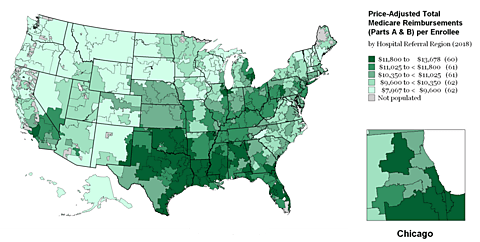The Biden administration marked the two‐year anniversary of the war in Ukraine by announcing a new round of sanctions and other economic efforts at coercing Russia. Unfortunately, the new sanctions suffer from the same flaw as its overall Ukraine policy: a disconnect between strategic ends and tactical means.
Biden says the new sanctions will “target individuals connected to [Aleksey] Navalny’s imprisonment as well as Russia’s financial sector, defense industrial base, procurement networks and sanctions evaders across multiple continents,” and “ensure Putin pays an even steeper price for his aggression abroad and repression at home.” Their export restrictions seek to punish actors “providing backdoor support for Russia’s war machine.” The administration also seeks to “further reduce Russia’s energy revenues.”
These measures are likely to achieve all those goals. But even achieving those goals are very unlikely to contribute to the strategic end the administration seeks, which is a Russian defeat in Ukraine. The history of sanctions and other economic coercion is not a happy one, especially when dealing with a highly motivated great power, as Russia is in Ukraine. Economic coercion usually fails without a high level of global compliance with the effort, and when the target state sees the end it is pursuing as being worth paying high costs. To date, many of the most important Russian sanctions (like the oil price cap) have been leaky, and the Russian economy, though injured, has avoided damage severe enough to force the government to revise its aims.
Until and unless the administration engages on the central issue — Ukraine’s strategic orientation and US support for its membership in NATO — it will be left counterpunching with tactical measures that cannot force Russia to end the war on Ukraine’s terms.









